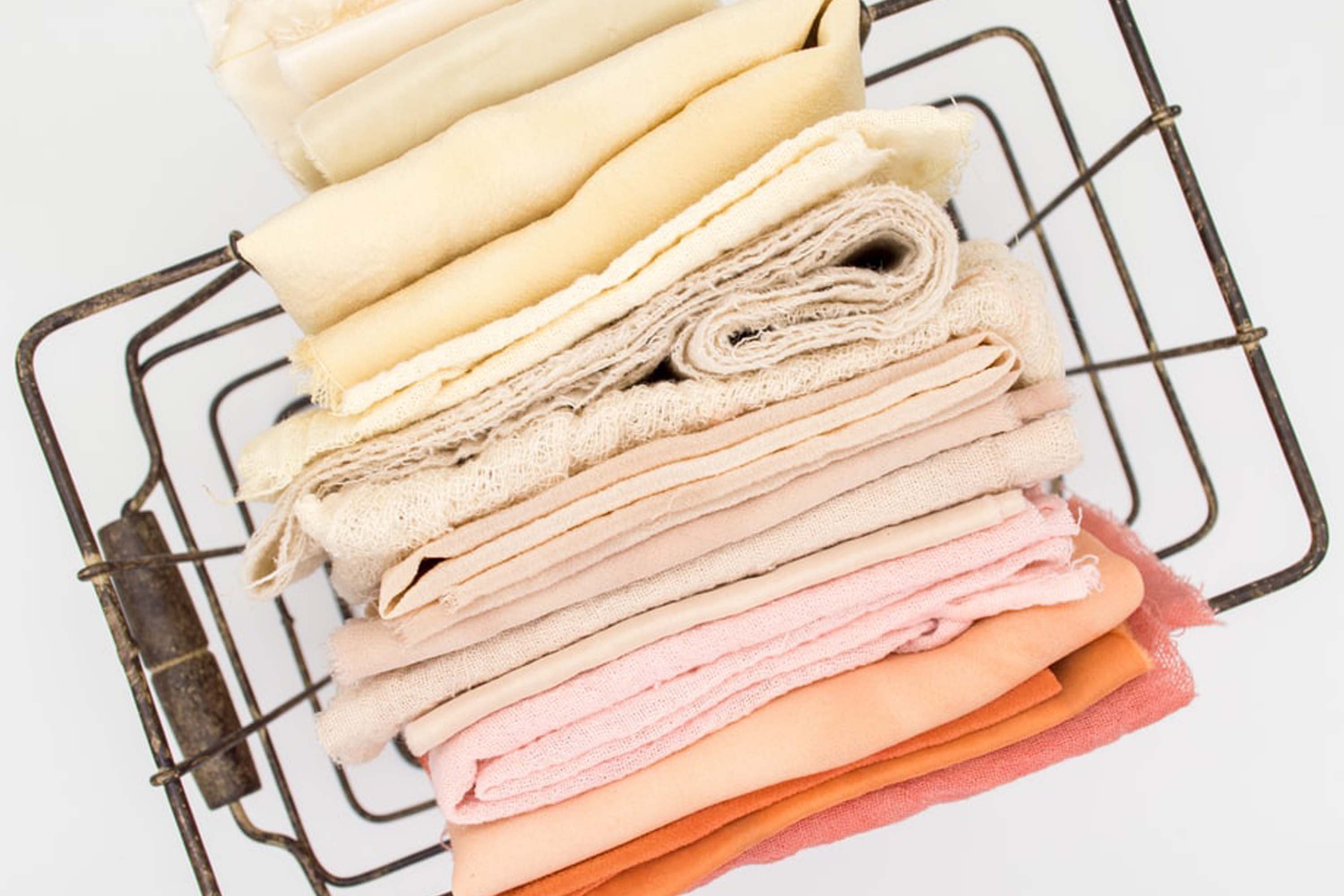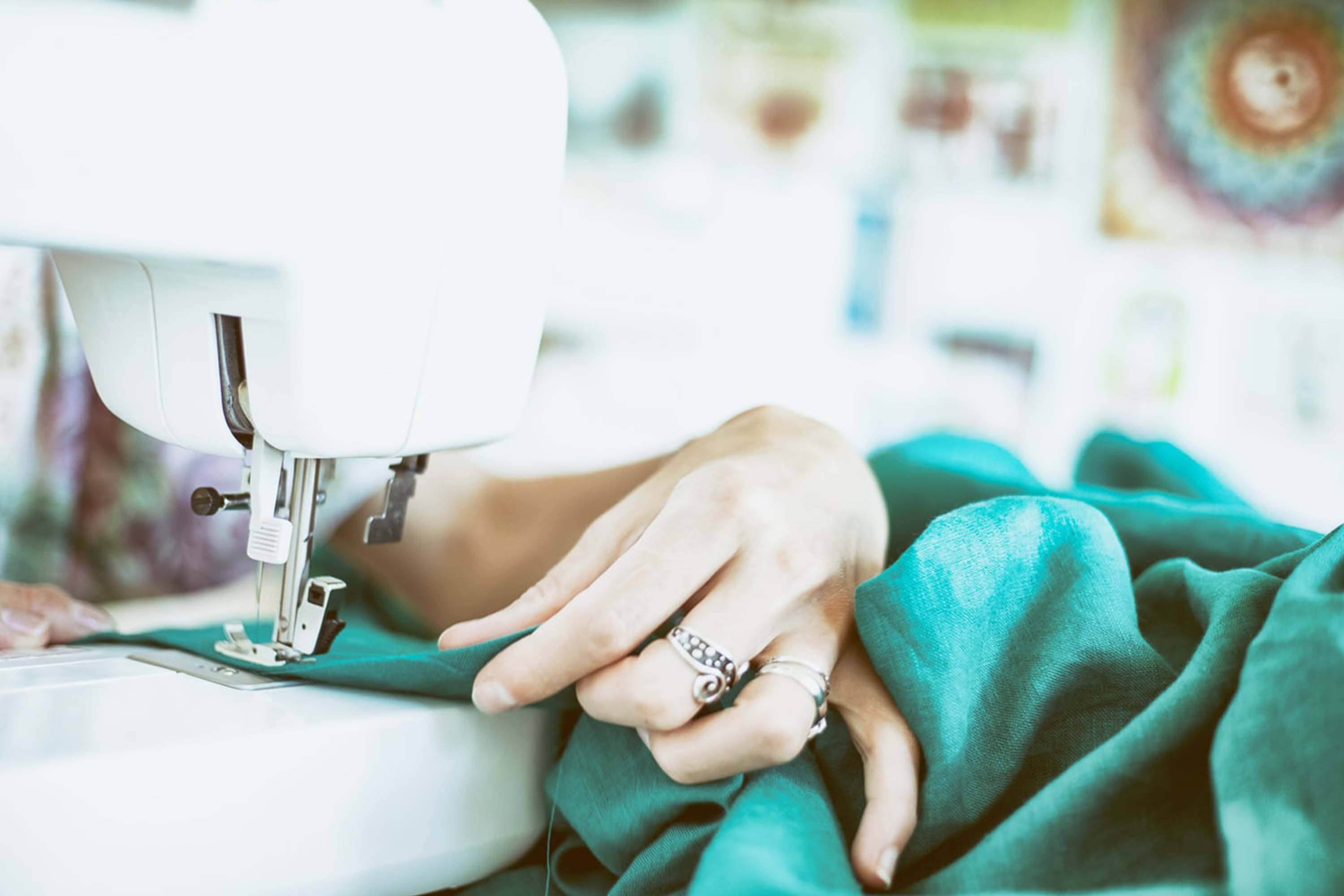When it comes to comfort, the softness of fabric plays a crucial role in determining how luxurious and cozy it feels against your skin. People around the world are constantly searching for the softest fabric to enhance their clothing, bedding, and other textile needs. But what exactly is the softest fabric in the world? This question has intrigued textile enthusiasts, designers, and consumers alike. In this article, we will explore the answer to this question, diving deep into the characteristics, benefits, and uses of the world's softest fabrics.
Fabrics are an essential part of our daily lives, and their softness can significantly impact our comfort and well-being. Whether you're looking for the perfect material for your pajamas, a cozy blanket, or luxurious bedding, understanding the softest fabrics available is key to making informed decisions. In the following sections, we will uncover the top contenders for the title of the softest fabric, examine their unique qualities, and provide you with practical insights to help you choose the best option for your needs.
As we delve into this topic, we will also discuss the science behind fabric softness, how it is measured, and why certain materials stand out above the rest. By the end of this article, you will have a comprehensive understanding of the softest fabrics in the world and how they can elevate your lifestyle. So, let’s get started and explore the fascinating world of soft fabrics!
Read also:Is Gdragon Gay Exploring The Rumors And Facts About The Kpop Icon
Table of Contents
- What Makes a Fabric Soft?
- Cashmere: The Luxurious Softness
- Silk: The Epitome of Elegance
- Bamboo Fabric: The Eco-Friendly Choice
- Microfiber: The Modern Wonder
- Alpaca Wool: The Soft Yet Durable Option
- Merino Wool: The Perfect Balance
- Velvet: The Plush Texture
- Faux Fur: The Cruelty-Free Alternative
- How to Choose the Right Fabric for You
- Conclusion
What Makes a Fabric Soft?
Before we dive into the list of the softest fabrics, it’s important to understand what makes a fabric soft in the first place. Fabric softness is determined by several factors, including fiber type, weave structure, and finishing processes. Let’s explore these elements in detail:
Fiber Type
The type of fiber used in a fabric plays a significant role in its softness. Natural fibers like cotton, silk, and wool are often softer than synthetic fibers like polyester or nylon. This is because natural fibers tend to have a smoother surface and more flexibility, which enhances their softness.
Weave Structure
The way fibers are woven together also affects the softness of a fabric. Fabrics with a looser weave, such as satin or chiffon, tend to feel softer than tightly woven fabrics like denim or canvas. The weave structure determines how the fabric drapes and interacts with the skin.
Finishing Processes
Many fabrics undergo finishing processes to enhance their softness. For example, brushing or sanding the surface of a fabric can create a softer, more plush texture. Chemical treatments can also be applied to make fibers smoother and less abrasive.
Cashmere: The Luxurious Softness
Cashmere is often regarded as one of the softest and most luxurious fabrics in the world. Sourced from the undercoat of cashmere goats, this fabric is known for its incredible softness, warmth, and lightweight feel. Let’s take a closer look at what makes cashmere so special.
Characteristics of Cashmere
- Ultra-Soft Texture: Cashmere fibers are incredibly fine, measuring only 14-19 microns in diameter. This makes them softer than most other natural fibers.
- Warmth: Despite its lightweight nature, cashmere provides excellent insulation, making it ideal for cold weather.
- Durability: When properly cared for, cashmere can last for many years, maintaining its softness and shape.
Uses of Cashmere
Cashmere is commonly used in high-end clothing items such as sweaters, scarves, and blankets. Its luxurious feel and warmth make it a popular choice for winter wear and cozy home textiles.
Read also:James A Garfield Accomplishments A Legacy Of Leadership And Reform
Silk: The Epitome of Elegance
Silk is another contender for the title of the softest fabric in the world. Known for its smooth, lustrous texture, silk has been prized for centuries as a symbol of luxury and elegance. Let’s explore why silk is so highly regarded.
Characteristics of Silk
- Smooth Surface: Silk fibers have a smooth surface that glides effortlessly against the skin, making it feel incredibly soft.
- Breathability: Silk is highly breathable, making it comfortable to wear in both warm and cool weather.
- Hypoallergenic: Silk is naturally resistant to dust mites and allergens, making it a great choice for sensitive skin.
Uses of Silk
Silk is commonly used in clothing, bedding, and accessories. Silk sheets, for example, are highly sought after for their luxurious feel and temperature-regulating properties.
Bamboo Fabric: The Eco-Friendly Choice
Bamboo fabric has gained popularity in recent years as a sustainable and eco-friendly alternative to traditional textiles. Known for its softness and breathability, bamboo fabric is a great option for those seeking comfort and environmental responsibility.
Characteristics of Bamboo Fabric
- Natural Softness: Bamboo fibers are naturally soft and smooth, making them gentle on the skin.
- Moisture-Wicking: Bamboo fabric is highly absorbent, making it ideal for activewear and bedding.
- Sustainability: Bamboo is a fast-growing plant that requires minimal water and pesticides, making it an eco-friendly choice.
Uses of Bamboo Fabric
Bamboo fabric is used in a wide range of products, including clothing, towels, and bedding. Its softness and sustainability make it a popular choice for eco-conscious consumers.
Microfiber: The Modern Wonder
Microfiber is a synthetic fabric made from ultra-fine fibers, typically polyester or nylon. Despite being man-made, microfiber is incredibly soft and has a variety of practical uses.
Characteristics of Microfiber
- Soft and Plush: Microfiber is known for its plush texture, making it ideal for cleaning cloths and towels.
- Durability: Microfiber is highly durable and resistant to wear and tear.
- Absorbency: Microfiber is highly absorbent, making it effective for cleaning and drying.
Uses of Microfiber
Microfiber is commonly used in cleaning products, sportswear, and bedding. Its softness and functionality make it a versatile fabric for everyday use.
Alpaca Wool: The Soft Yet Durable Option
Alpaca wool is another natural fiber that is prized for its softness and durability. Sourced from the fleece of alpacas, this fabric is a great alternative to traditional wool.
Characteristics of Alpaca Wool
- Soft and Lightweight: Alpaca fibers are finer than sheep’s wool, making them softer and less itchy.
- Warmth: Alpaca wool provides excellent insulation, making it ideal for cold weather.
- Hypoallergenic: Alpaca wool is naturally hypoallergenic, making it suitable for sensitive skin.
Uses of Alpaca Wool
Alpaca wool is commonly used in sweaters, scarves, and blankets. Its softness and warmth make it a popular choice for winter wear.
Merino Wool: The Perfect Balance
Merino wool is a type of wool sourced from Merino sheep. Known for its softness and breathability, Merino wool is a great option for activewear and outdoor clothing.
Characteristics of Merino Wool
- Soft and Comfortable: Merino wool fibers are finer than traditional wool, making them softer and less itchy.
- Temperature Regulation: Merino wool is highly breathable and can regulate body temperature, making it ideal for activewear.
- Odor Resistance: Merino wool is naturally resistant to odors, making it a great choice for sportswear.
Uses of Merino Wool
Merino wool is commonly used in activewear, socks, and base layers. Its softness and functionality make it a popular choice for outdoor enthusiasts.
Velvet: The Plush Texture
Velvet is a fabric known for its plush texture and luxurious feel. Made from a variety of fibers, including silk, cotton, and synthetic materials, velvet is a popular choice for upholstery and clothing.
Characteristics of Velvet
- Soft and Plush: Velvet has a dense pile that gives it a soft and luxurious feel.
- Lustrous Appearance: Velvet has a rich, lustrous appearance that adds elegance to any item.
- Versatility: Velvet can be made from a variety of fibers, making it a versatile fabric for different uses.
Uses of Velvet
Velvet is commonly used in clothing, upholstery, and home decor. Its plush texture and elegant appearance make it a popular choice for formal wear and luxury items.
Faux Fur: The Cruelty-Free Alternative
Faux fur is a synthetic alternative to real fur that mimics the softness and texture of animal fur. Known for its ethical and cruelty-free properties, faux fur is a great option for those seeking softness without harming animals.
Characteristics of Faux Fur
- Soft and Plush: Faux fur is designed to mimic the softness and texture of real fur.
- Ethical: Faux fur is cruelty-free and does not involve the use of animal products.
- Versatility: Faux fur can be made in a variety of colors and textures, making it a versatile fabric for fashion and home decor.
Uses of Faux Fur
Faux fur is commonly used in clothing, accessories, and home decor. Its softness and ethical properties make it a popular choice for fashion designers and consumers alike.
How to Choose the Right Fabric for You
With so many soft fabrics to choose from, it can be challenging to decide which one is right for you. Here are some factors to consider when selecting a fabric:
Comfort
Consider how the fabric feels against your skin. If you have sensitive skin, you may want to choose a hypoallergenic fabric like silk or bamboo.
Functionality
Think about how you plan to use the fabric. For example, if you need a fabric for activewear, Merino wool or microfiber may be the best

